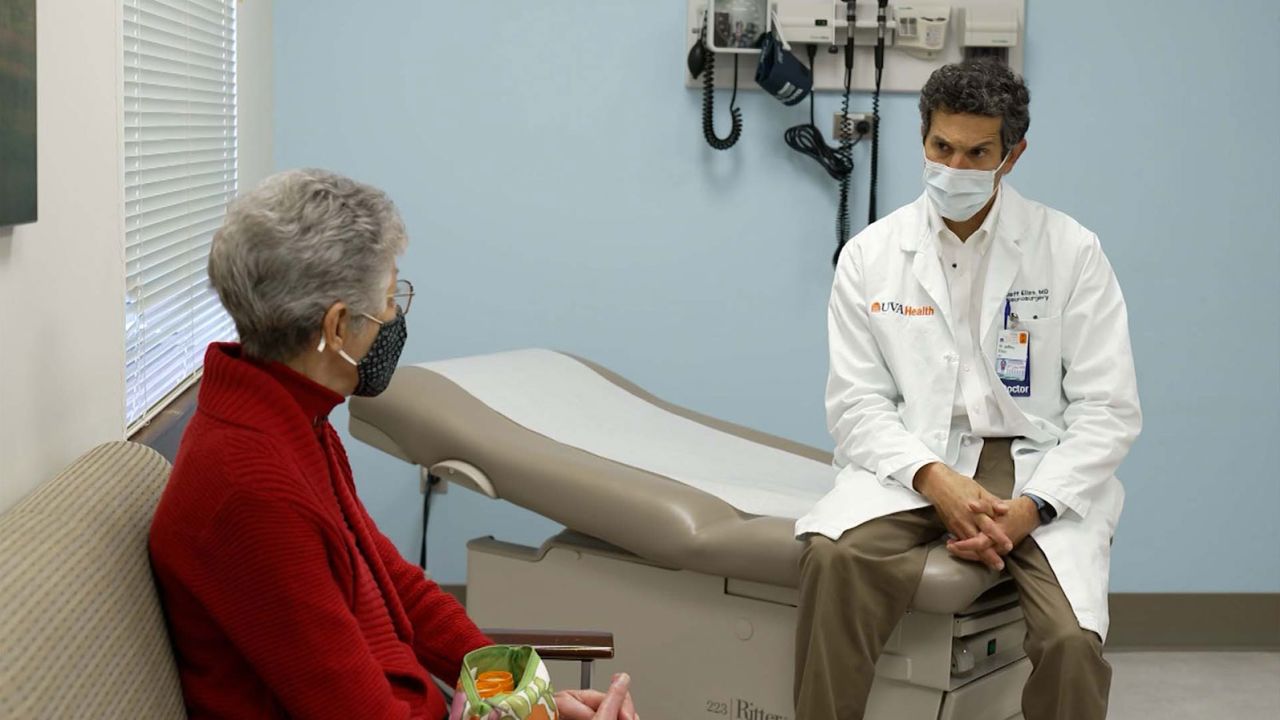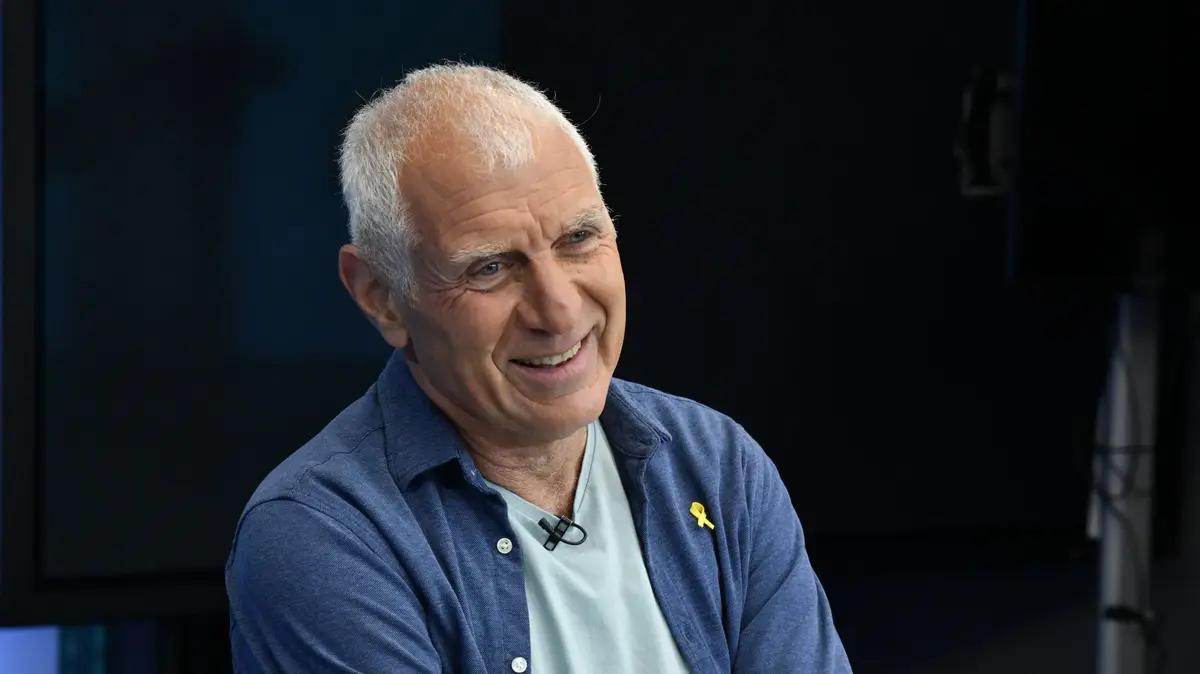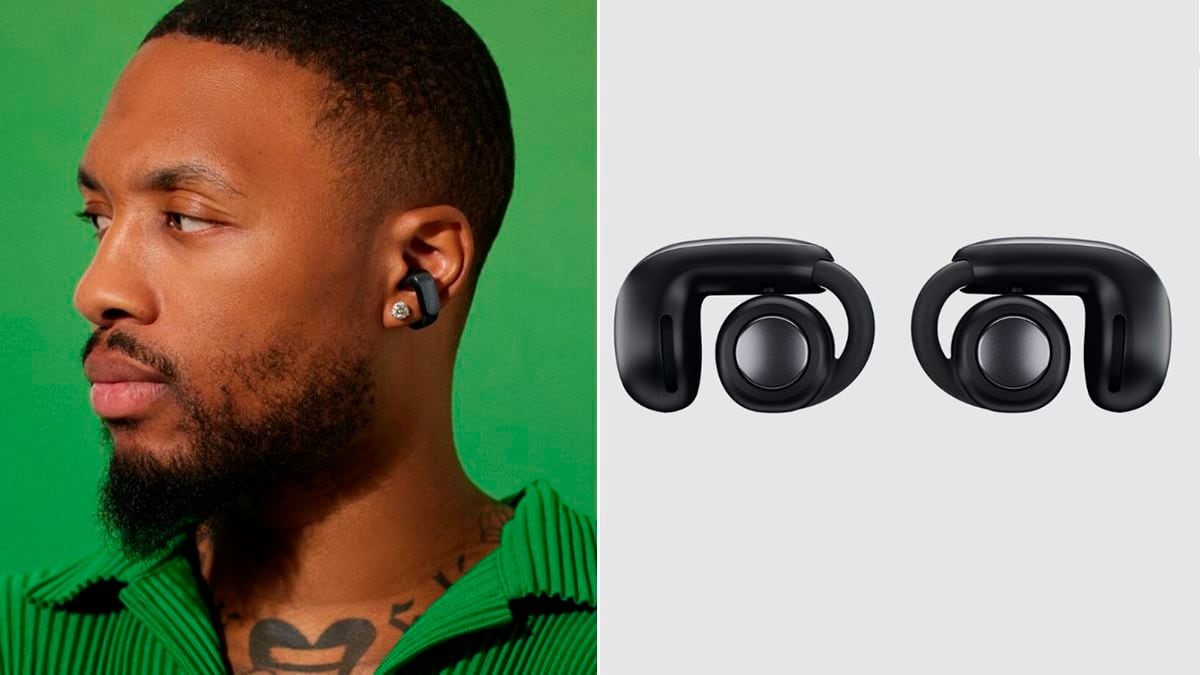Know the difference between a stroke and a heart attack 6:33
(CNN) --
Clinical trials are underway around the world for a brain surgery that doesn't require an incision or blood flow, but that dramatically improves the lives of people with essential tremor, depression and other problems.
The procedure, known as focused ultrasound, directs sound waves into parts of the brain to disrupt faulty brain circuits that cause symptoms.
"Focused ultrasound is a non-invasive therapeutic technology," says Dr. Neal Kassell, founder and president of the Focused Ultrasound Foundation.
"We've said focused ultrasound is the most powerful sound you'll ever hear, but a sound that could one day save your life."
Kassell describes its operation as "analogous to using a magnifying glass to focus light beams on a point and poke a hole in a sheet."
"With focused ultrasound, instead of using an optical lens to focus light beams," he adds, "an acoustic lens is used to focus multiple beams of ultrasonic energy on targets deep within the body with a high degree of precision and accuracy, preserving the adjacent normal tissue.
Spending a lot of time sitting is bad for your health, but it's easy to counteract its effects, according to a study
The procedure has proven highly beneficial for people with essential tremor, a neurological disorder that causes involuntary, rhythmic tremors.
The disorder can affect almost any part of the body, but tremors often occur in the hands, even during simple tasks such as eating, drinking, or writing.
advertising
Essential tremor is often more prominent on one side of the body and can be made worse by movement.
It is most common in people age 40 and older, affecting nearly 25 million worldwide, according to a 2021 study.
Such was the case for 80-year-old Brenda Hric, who recently underwent focused ultrasound at the University of Virginia, an institution that pioneered the procedure.
Hric's tremors made her uncomfortable in social situations because she was afraid of spilling or knocking over something, she told CNN.
But with just 44 seconds of focused ultrasound waves, the tremors were gone.
"I looked at my hand and saw that it wasn't moving, it was the first time I could see my fingers still in 20 years," Hric said.
"I think it's definitely a miracle, and I thank God for it."
How does it work
Focused ultrasound is a form of functional neurosurgery, that is, intervention on precise structures deep in the brain to modify them, restore their function, or in this case, stop a tumor.
According to experts, it is an alternative treatment for those, like Hric, who do not respond or are no longer affected by conventional drug treatment.
"In a simplistic sense, you can imagine that there are a bunch of abnormal neurons on this single target that are firing out of control, causing the tremor, the shaking," Kassell said.
Focused ultrasound technology uses a transducer to force beams of sound waves to converge on a point in order to raise the temperature and destroy tissue.
Before receiving high-intensity focused ultrasound, which is needed to treat essential tremor, patients should shave their heads, as air can sometimes get trapped in hair follicles.
The patient then undergoes MRI and CT scans so that doctors can use the resulting images to map the structure of the brain and target.
In the image, images of Hric's brain.
Focused ultrasound significantly improved this 80-year-old's tremors.
(CNN)
The Insightec Exablate Neuro, a focused ultrasound platform, indicates how many beams to use to perform the treatment, and then neurosurgeons can do what Dr. Jeff Elias calls "test shots," just to make sure we're focused on the right target. exact point".
Elias, the UVA Health neurosurgeon who treated Hric, is a pioneer in the treatment of essential tremors using ultrasonic waves.
In 2011, he led the pivotal clinical trials to gain regulatory approval for this procedure in the United States.
"These (test shots) are really low energy, but we want to see if our treatment is exactly where we want it to be," he said.
"It's our chance to aim the rifle."
Four 11-second treatment doses significantly improved Hric's tremor.
The entire procedure took less than two hours, most of which was spent mapping the brain and testing the target.
Before, Hric had trouble drawing inside the lines of the circles.
Focused ultrasound helped him color within the lines.
Advantages and disadvantages
According to Dr. Nir Lipsman, a scientist at Toronto's Sunnybrook Health Sciences Center and director of the Harquail Center for Neuromodulation at Sunnybrook, anyone with a diagnosis of essential tremor that doesn't respond to medication could generally undergo a focused ultrasound treatment.
People who can't have an MRI because of claustrophobia or metal inside their bodies aren't eligible for focused ultrasound, according to Dr. Noah Philip, a professor of psychiatry and human behavior at Alpert University School of Medicine. Brown.
Philip also directs mental health research at the Veterans Administration's Center for Neurorestoration and Neurotechnology.
Ideally, according to Lipsman, the benefits of focused ultrasound should be permanent.
"If you can destroy the part of the brain responsible for the tremor, the effect should be permanent," she says.
"By a year, however, some of these patients will have a rebound or recurrence of their tremor, and we don't know why."
New study reversed aging in mice.
Can it work for humans too?
However, this return can also occur with drug treatment, which is why some patients with essential tremor resort to focused ultrasound.
But some patients have experienced benefits five years after undergoing focused ultrasound, according to a 2022 study by Elias.
The potential side effects of focused ultrasound are the reason the mapping and testing portions of the procedure are so important.
If the wrong area is targeted or over-treated, the patient's balance and stability may be impaired in the long term.
"The most common risk we find in patients is temporary numbness or tingling that can sometimes occur in the treated arm or lip area," Lipsman explains.
"The vast majority of the time that goes away over time."
Other frequent risks, but usually temporary, are a slight instability in the feet after the intervention.
But doctors don't use general anesthesia or hospitalize patients for this procedure, he added.
The future in this field
Today, focused ultrasound technology is used throughout the world in various phases, including clinical trials and approved regulatory uses.
There are more than 170 clinical applications - including neurodegenerative disorders and brain, breast, lung and prostate tumors, among others - and the field is growing, according to Kassell.
"You can see the effect of ultrasound treatment in real time as it is being delivered, whereas with radiation the effect of the treatment is invisible while it is being delivered," Kassell explains.
"And the effect of radiation takes weeks or months to become apparent."
Its use for depression and obsessive-compulsive disorder is on the table, according to a small 2020 study by Lipsman and a team of researchers.
The scientists found that focused ultrasound was safe and effective in improving symptoms in people with major depression and obsessive-compulsive disorder.
But more studies are needed.
One limitation of focused ultrasound is that not everyone has the same skull, according to Lipsman.
"The density of the skull greatly influences the ability of ultrasound to pass through it," he added.
"It's rare, but there are some patients where, no matter how hard we try, we can't effectively lesion the brain. The skull doesn't allow ultrasound through. It's a technical limitation of the technology, something where We are actively working."
Focused ultrasound isn't available for all conditions, but experts are hopeful that "medicine's best-kept secret" will one day become standard treatment.
"I think within 10 years," says Kassell, "focused ultrasound will be a mainstream therapy affecting millions of patients each year around the world. It will be widely accepted."
CNN's Adeline Chen contributed to this article.
Health informationMedicineultrasound









